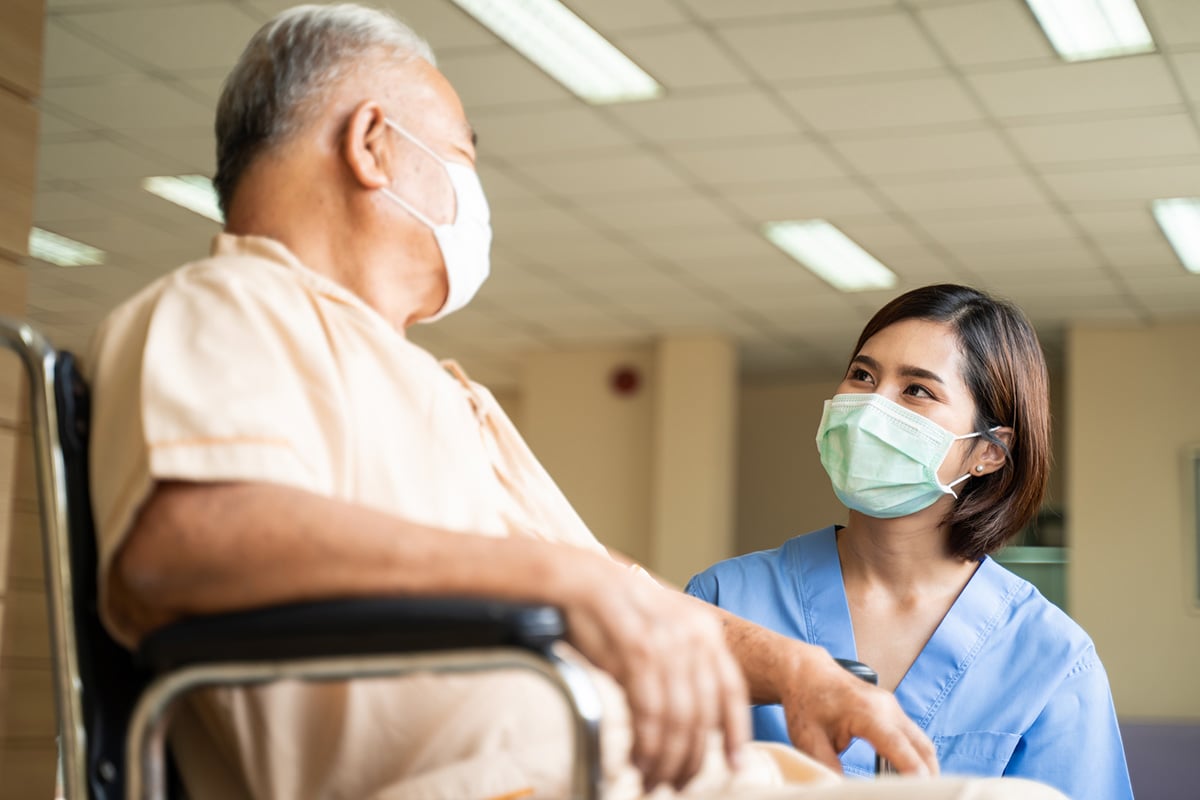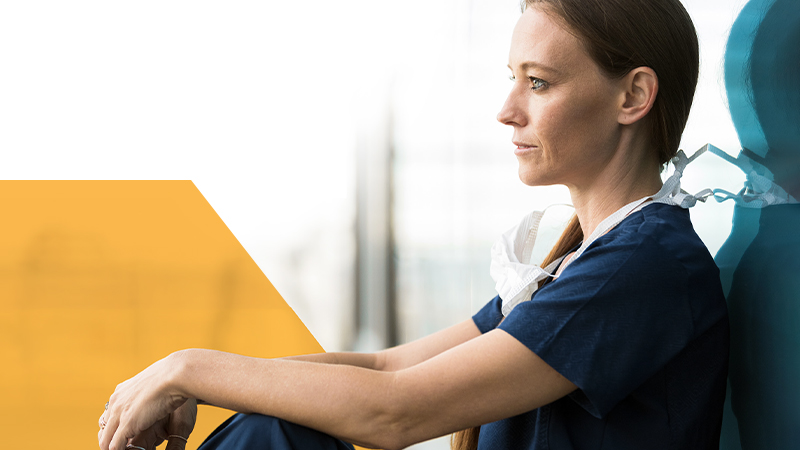
At Brooks Rehabilitation Hospital, we provide an array of services that include highly coordinated rehabilitation and medical care as well as comprehensive interdisciplinary therapies. Because the care we deliver is so specialized, we often find ourselves thinking outside the box.
This is why we’re excited about the flexibility afforded to us through the use of Surveillance. The adaptability of Surveillance has enabled us to come up with innovative solutions to better align with our unique needs. Rehabilitative care includes a host of interdisciplinary teams and therefore requires a high degree of care coordination.
Below are some of the ways we’ve used Surveillance to help meet the challenges of the pandemic, as well as how we’re using it effectively in the rehab setting.
Leveraging the tools within your EHR
Like for many, one of the challenges that was front and center at the start of the pandemic was that of communicating COVID-19 test results within the hospital. As a rehab facility, we don’t have an on-site lab. Instead, we rely on one of our nearby partners for all of our lab services. When COVID-19 hit, they could no longer provide those services to us because they were simply overwhelmed with work. Luckily, however, another hospital was able to help us out, but they weren’t able to get the results back into our EHR.
Because our EHR tools are so agile, I was able to build a generic, orderable intervention for our nurses. When an order was placed for a COVID-19 test, it would print to the infection control nurse so that she would know to get a sample. It would also put an intervention on the nurse's worklist which she could document. Once the nurse got the result back, she could go into the intervention on her worklist and document that result.
We then pulled a query to the status board for all clinicians to see the result for that patient. Documenting the intervention would update everyone in a timely manner. Also when a nurse documented that intervention, it would complete the intervention and that order. If that patient needed a followup order, it would initiate the process again, starting a new order. This process enabled us to keep the information up-to-date and make everyone aware of the new results.
Automating information for reporting and beyond
The Centers for Medicare and Medicaid Services (CMS) requires specific information regarding timeframes and when people were tested and confirmed for COVID-19. At first, our admissions and infection control departments were digging through the charts to find all of this information, which was time-consuming and difficult to manage.
To make the process easier and more efficient, we built five separate surveillance profiles and added them to what we called our COVID-19 Watch List. This allowed someone to log in each morning and see exactly what information they had to report to CMS. Once this was fully in place, we realized that it was valuable for in-house purposes as well.
For example, being a very small hospital, we had a wing set up with nine beds for COVID-19 patients. We needed to stay on top of when a patient tested positive or was cleared, so we could move them in and out of that area. The watch list not only worked for CMS reporting but also for moving patients in a timely manner to keep people safe and head off any potential spread.
Making the data work for our needs
Surveillance is a multi-purpose tool providing real-time information, allowing you to see what’s going on in your patient environment. The agility of the status board is immeasurable, helping you to better manage care delivery. We’ve taken what we’ve learned from the pandemic thus far and are using those processes and communications tools today, as well as continuing to develop others.
In the acute arena, Surveillance enables organizations to better analyze key clinical data needed to monitor patients, so that you can identify emerging conditions that could create problems.
We went a step further and asked ourselves how we can use this tool to better meet the needs of our patients who require different types of care. Here are a couple of examples of how we’re using Surveillance to improve efficiencies for both patients and staff:
- Scheduling Activities for Daily Living (ADL) therapy. This is a big part of the rehabilitation process. Using Surveillance, we’re able to track when various ADL therapies need to be scheduled. Documentation triggers in Surveillance to indicate when a patient needs to be scheduled for programs such as a dressing, bathing, or wound care, helping to ensure no one falls through the cracks.
- Physicians have a better experience with an automated workflow. When ordering durable medical equipment (DME), for example, a therapist writes a recommendation, which then goes to the physician status board. From there, the physician pulls the recommendation into the patient summary and files it. That information is then sent to the DME coordinator. Our physicians like the increased efficiency, which also ensures the documentation process is complete.
Traditional health care delivery solutions don’t necessarily fit the rehabilitation setting, which is why we’re always looking at ways to get the most out of technology. When you have a system that enables you to be nimble, you can improve the quality of care for your patients as well as the degree of satisfaction for your clinicians. We’ll keep innovating because our patients work hard to achieve the highest level of recovery so they can re-enter their lives.
Join MEDITECH for two days of LIVE product demonstrations and one-on-one executive meetings, Aug. 10 and 11.




